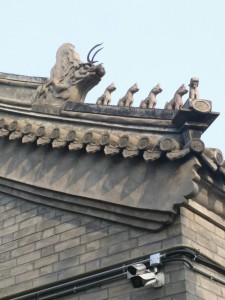
服气论第二
Discussing “swallowing breath” part two:
夫气者,胎之元也,形之本也。
Qi is the origin of the foetus, and is the root of the body.
胎既诞矣,而元精已散;形既动矣,而本质渐弊。
After birth, the original essence is scattered, and the body has already begun to move, thus gradually injuring the “original nature.”
是故须纳气以凝精,保气以炼形,精满而神全,形休而命延,元本既实,可以固存耳。
So that is why you must draw in breath and collect essence. Protect energy and cultivate the body. When the essence is full, the spirit will be complete. Stopping the use of the body can lengthen life. When you access the original root, you can contain it in your core.
观夫万物,未有有气而无形者,未有有形而无气者。摄生之子,可不专气而致柔乎?
Observing the myriad beings, there is none who breathe and do not have a body, and there is none who has a body and does not breathe. Of those who are born, which may not “focus the breath and achieve softness?”
Editor’s note: I use Qi interchangeably as energy and breath where appropriate. In this document, breathing is considered as the means by which essence and spirit are joined, so although it has a different meaning from later works of the Neidan school, I have tried to keep the original meaning intact.
It is interesting to compare this against Zhang Boduan ‘s “returning to the root and going back to the origin is the king of medicine,” since these two concepts are not mutually exclusive .